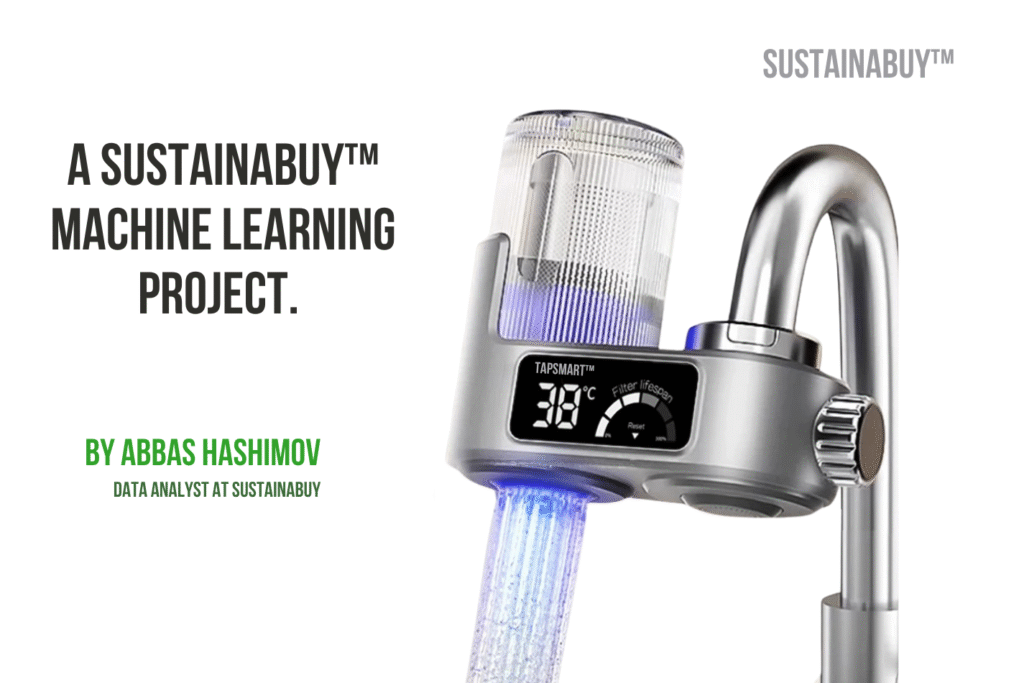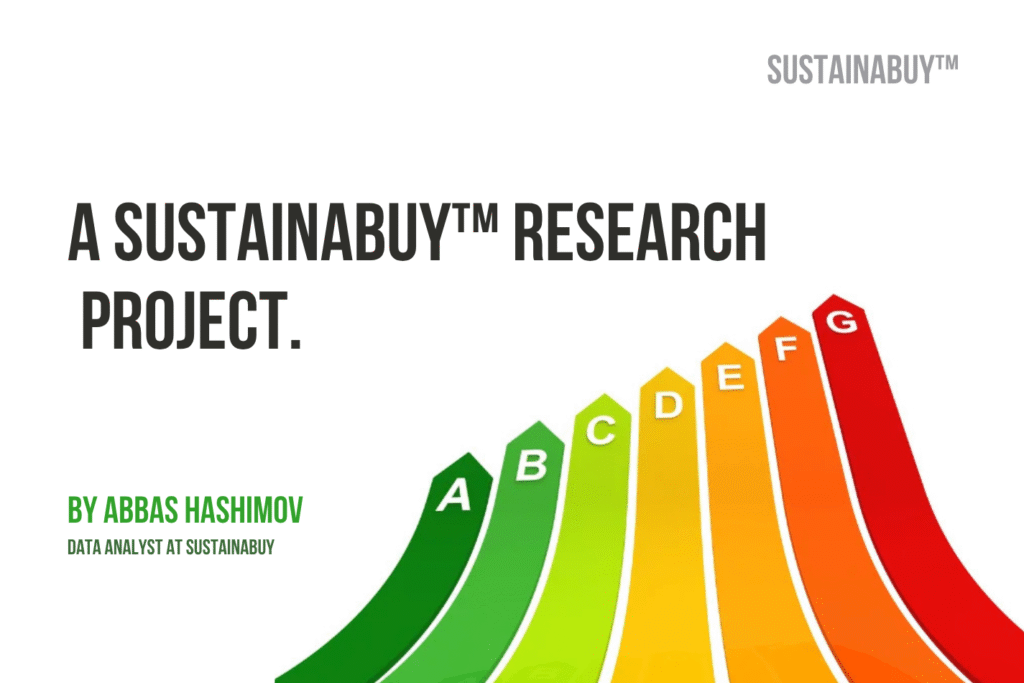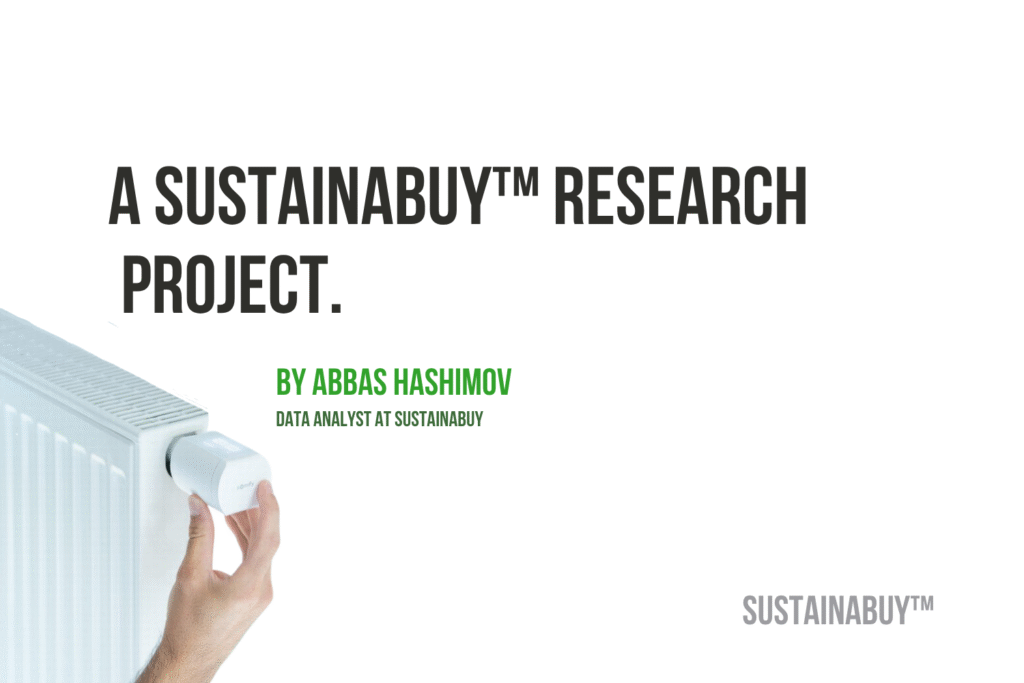Data Analyst at Sustainabuy, exploring the link between economics, energy, and sustainability. Abbas uses data to uncover sustainable solutions that help UK families save on energy bills and reduce CO₂ emissions. He explores global trends and local insights to guide you toward a greener, more efficient home.
ABBAS HASHIMOV
Author

For the past five years, households in the UK have been facing a rising cost of living crisis. While increasing energy and food prices are often recognised, household water bills have also quietly risen putting more pressure on UK households – with UK households spending up to £600 on water bills annually. A lot of water is wasted due to poor pressure settings on faucets and that is where Sustainabuy’s innovative water filters aims to address this. Reducing the unnecessary water flow, the filters are designed to offer a simple yet effective solution to a cost of living crisis – and thanks to machine learning, we can now get a rough estimate of potential bill reduction.
Why Reducing Kitchen Tap Water Use Matters?
While most of attention is often directed to showers, baths and toilets, kitchen taps still account for a meaningful share of water consumption. Between 8% and 14% of water consumption in a UK household happens at the kitchen tap.
With an estimated use of 142l per day per person, the kitchen sinks account for thousands of litres annually! If the water in the kitchen is being used inefficiently – say due to excessive flow rate – there is a window of opportunity to avoid inflated water bills without giving up any sort of comfort. Reducing this excessive flow – even by the smallest margin – may account for a noticeable decrease in bills.
How the SUSTAINABUY TAPSMART™ Tap Filter Works?
Most tap filters are not solely designed to purify water; they also reduce and stabilise the water flow. Many taps that are generally used in UK households pump water at a much higher rate than is actually needed for everyday tasks.
The filter works by regulating flow rate of the tap, delivering water effectively without giving up on performance. It operates at a pressure range of 0.1 to 0.4 MPa, and supports flow rate of 300 gallons per day (GPD). For the average household, this implies controlled, stable stream of water flow – avoiding water waste while getting the job done.
The filter is a perfect choice for households looking to cut costs and reduce water waste without full-scale renovation.
Using machine learning to estimate savings
To assess how much could households realistically save using the TAPSMART™ filter, we turn to data analysis and machine learning. Since there is not a publicly available complete dataset that breaks down water use in UK households, we simulate the dataset using few realistic assumptions.
Assumptions for simulated dataset:
- According to UK Office of National Statistics for 2022, the average size of UK household is 2.36 people with most households having either 1 person or 1 family. For the sake of simplicity, we will assume that UK households have 1 to 5 people. Notice, that this assumption actually reduces the potential effect of the tap filter as we do not account for larger households.
- We will assume that an individual in a household uses on average 142l daily: including showers, baths, and kitchen sinks.
- Furthermore, we will assume that kitchen sink makes up from 8% to 14% of a household total water bill.
- Additionally, we assume that average UK tap pours from 7l to 9l of water.
- Finally, we will assume the price for a cubic meter of water to be 3£
Given these assumptions, we generate the dataset of 1000 observations
What Does the Machine Learning Model Actually Do?
After simulating the dataset, we then used a Random Forest – a widely trusted machine learning model – to estimate the range of money that households could save annually.
The model helps predict how much money does a household save by using the filter based on key characteristics of a household. A Random forest is especially useful when:
- Interactions between variables matter (water savings does not depend only on flow rate or household size but rather on their combination),
- When there is noisy or incomplete data, such as the simulated data we derived from nationwide averages.
The model uses two features – household size and flow rate before filter installation. The target variable is money saved per year that is calculated as the product of 1000’s of litres saved after installation of the sink times the water price for 1000 litres.
Why Use Machine Learning Instead of a Simpler Approach?
While a simpler approaches could yield similar results, the machine learning model lets us:
- Personalize predictions based on unique household features,
- Account for variation across different types of households,
- Quantify uncertainty, using statistical measures like RMSE and confidence intervals.
This gives a more realistic estimate of potential savings due to filter installation.
THE MACHINE LEARNING RESULTS
Our machine learning model provides clear evidence that tap filter helps reduce the annual water bill. The random forest model achieved a root mean squared error (RMSE) of £8.38, suggesting strong predictive power even with heterogeneity in household features such as household size and water flow. On average, the model estimates that households save:
- 42£ per year,
- With a standard deviation of 22£.
High standard deviation implies that there are significant differences in annual savings between households.
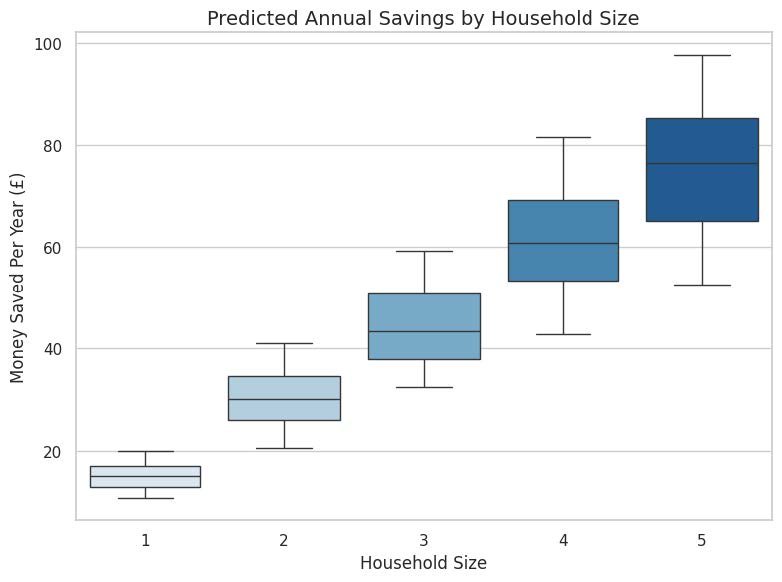
Figure 1: Histogram of Predicted Annual Savings
The histogram above shows significant differences in savings among different households based on their sizes. Larger households clearly see much higher savings; specifically, on average filter saves around £16 – £20 per each person in the household. Noticeably, for households with 5 people the estimated savings are from £65 to £85.
Furthermore, we estimated that filter saves about 40l of water daily with a standard deviation of 20l. Similarly to water bill savings the specific number is highly dependent on household size; naturally, a larger household benefits significantly more from the filter.
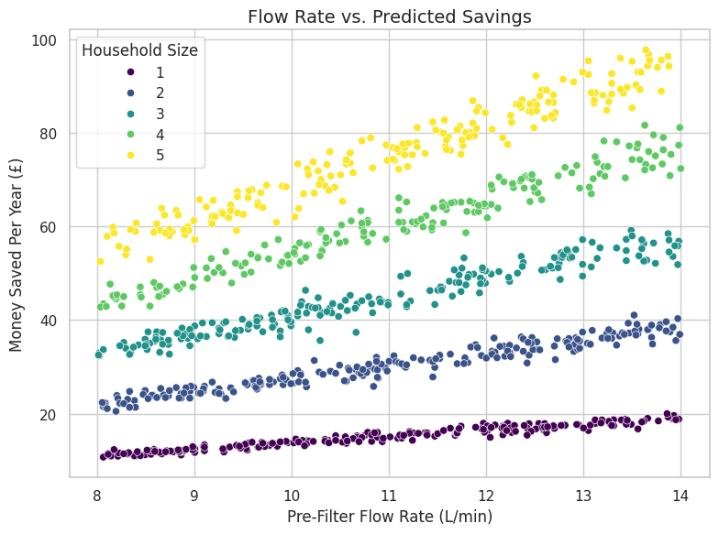
Figure 2: Pre-Filter Flow Rate effect on Annual Savings
Additionally, our analysis shows a clear linear relationship between proportion of a household’s water bill that comes from kitchen sink usage and water bill reduction. From the graph above, we see that high percentage of water bill due to kitchen sink corresponds linearly to higher bill reductions. Noticeably, it seems that for larger households the linear relationship becomes steeper.
And while for smaller households the benefit of the filter is not as significant, it is important to remember that the calculations above disregard main point of the filter – purifying water. With average UK consumer spending as much as 240£ on bottled water annually, even a small household could benefit from a tap filter.
In conclusion, machine-learning analysis seems to suggest that households with many individuals that rely heavily on their kitchen sink for washing, food preparation, and cleaning will see a great reduction in annual water bills; thus, benefiting significantly from the installation of the filter.
LIMITATIONS
While analysis provides a strong results, it is essential to note several limitations:
- The dataset was simulated based on few reasonable assumptions about the UK households – not measured by real world data.
- The savings estimates do not include benefits from water purification.
- Finally, the model does not consider the user adoption patterns; the household behaviour might change after installation of the filter.
References
Average UK household size (~2.36, assume 1–5) – https://www.cladcodecking.co.uk/blog/post/uk-household-water-usage
Average per-person daily water use (~142 L) – https://www.cladcodecking.co.uk/blog/post/uk-household-water-usage
Kitchen sink’s share of total usage (8–14%) – https://www.savewatersavemoney.co.uk/water-efficiency-tips-advice/view/118/saving-water-around-the-house.html
Typical pre-filter taps flow rate (7–9 L/min) – https://www.koiforum.uk/koi-carp-chat/23386- water-supply-flow-rates.html
Average water price (~£3 per m³) – https://www.yorkshirewater.com/bill-account/how-we-work-out-your-bill/customers-with-a-meter
This post was written by Abbas Hashimov, a junior Data Analyst at Sustainabuy, where he explores data-driven solutions for sustainable commerce.
